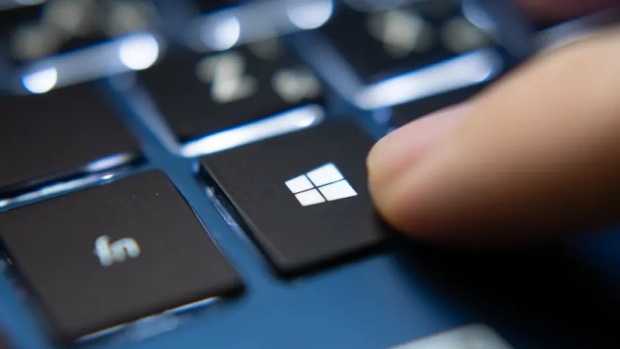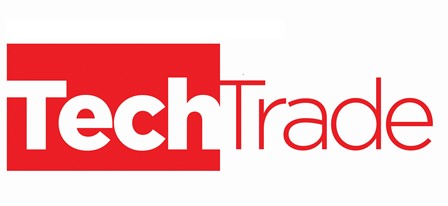
Microsoft’s low-key Windows 11 update
When I contemplate the intricacies of Microsoft’s current Windows operating system upgrade – which, to be fair, isn’t often – I can’t help being reminded of the scene in This is Spinal Tap when lead guitarist, Nigel Tufnel, shows film director Martin Di Bergi, his special amp. As Tufnel explains, most amps only go up to 10 but his is special because it goes up to 11.
“It’s one louder, isn’t it?,” he tells Di Bergi. “It’s not 10. You see, most blokes, you know, will be playing at 10…Where can you go from there? Where? Nowhere… what we do, is if we need that extra push over the cliff, you know what we do?”
Di Bergi interjects: “Put it up to 11?” Tufnel replies: “Exactly, one louder.”
Di Bergi asks why Tufnel doesn’t just leave it at 10 but make 10 a little louder but the guitarist is unswayed, retorting: “These go to 11.”
This reminds me a little of the situation regarding Windows 10 and the planned upgrade to Windows 11. First off, because Windows 11 seems to be almost as rare as a guitar amp that goes up to 11. The truth is that not many people seem to know that there is such a thing as Windows 11. This may be due to the fact that Microsoft hasn’t exactly made a huge noise about the operating system. The launch occurred on 5 October but there was little fanfare around it.
A month later, asset management specialist Lansweeper found that of an estimated 30 million Windows devices from 60,000 organisations, only 44% of workstations met the CPU requirements for upgrading to the operating system. Another major sticking point is that machines need to be secure boot capable and enabled for Trusted Platform Module (TPM) 2.0.
Lansweeper found only half of devices met the TPs requirements, 19% failed and 28% were not TPM compatible or did not have it enabled.
Things do not appear to have progressed much since then. Recent research from Statcounter puts Windows 11 market share at around 2.6%. Windows 10 is pre-eminent with over 81% market share, while Windows 7 still accounts for nearly 12%.
Is that a good figure at this point in the operating system’s lifecycle? I don’t know. It took Windows 10 two and a half years to surpass Windows 7 and the latter achieved 4% market share in less than three weeks after it was released.
For context, the quick uptake of Windows 7 was probably helped by the fact it was replacing a very unpopular Windows OS, the much maligned Vista. In the case of Windows 10, it was following on the heels of Windows 8.1 which had failed to convince Windows 7 users to upgrade. No wonder it still took quite a while to surpass Windows 7.
Still, it seems to me that convincing people to change from an OS that goes to seven to one that goes up to 10 isn’t an especially onerous task. It might have taken longer than originally envisaged but it worked.
But it’s been a lot quieter and understated this time around. Why is that? What are the compelling reasons for upgrading to Windows 11? I don’t think many people know. Is that Microsoft’s fault? Is there something here for channel partners to get their teeth into? Or is it just not that exciting really?
Which brings me back to Nigel Tufnel. Maybe the problem for Microsoft is that when it comes to upgrading from Windows 10, it needs something more persuasive than “this one goes up to 11”.
Like what you see?

Ireland’s ONLY dedicated news feed for the distribution and retail channel.
Our editorial mix includes channel news, trend analysis, Deals Done, regular ‘Channel Chat’ interviews and strategic product focuses. This is a vital medium through which the technology channel can network and identify new business opportunities.
Want more?







Subscribers 0
Fans 0
Followers 0
Followers